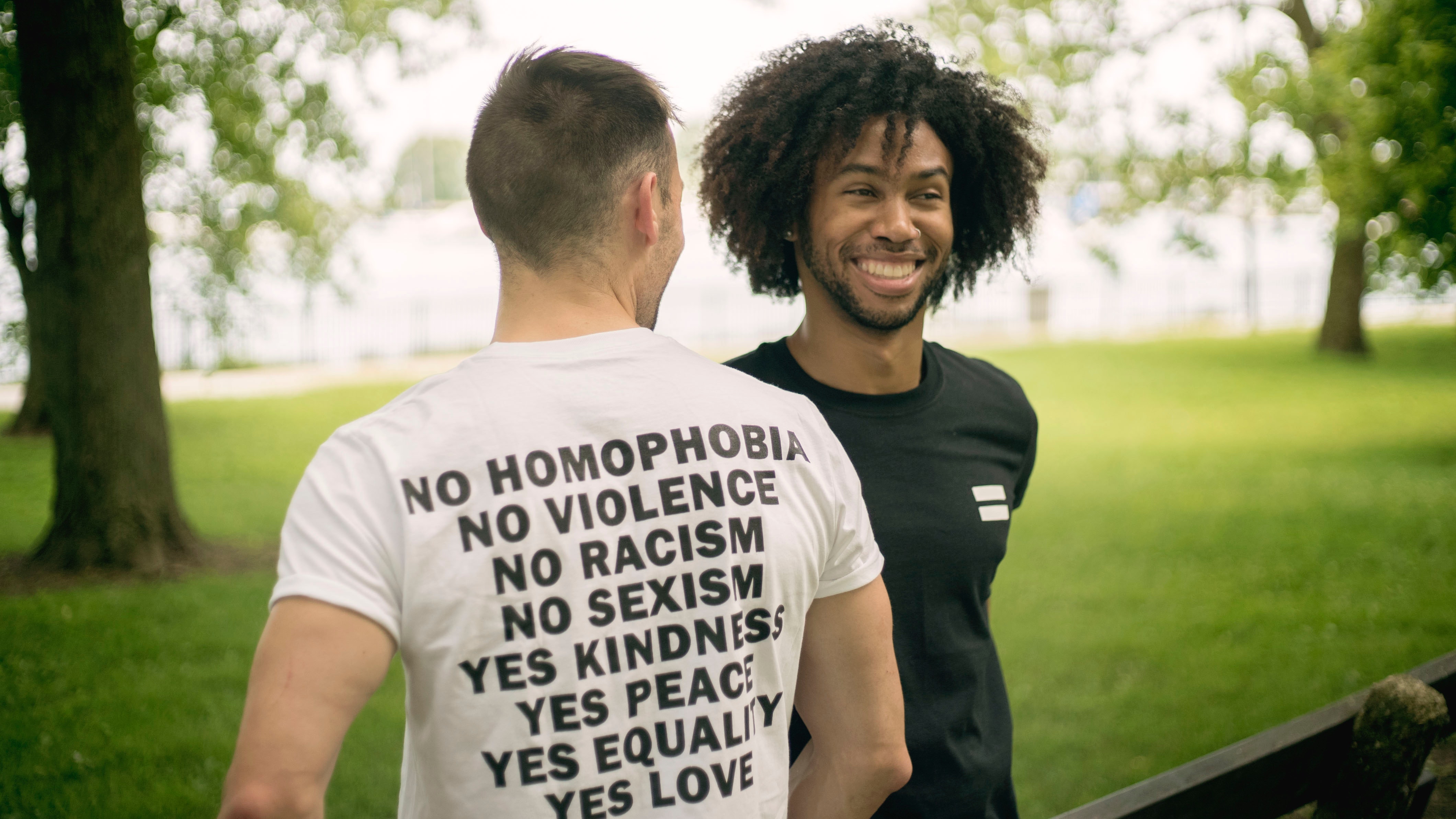
Unconscious biases are learned stereotypes that are automatic, unintentional, deeply ingrained, universal and able to influence behavior. Unconscious bias is far more prevalent than conscious prejudice and often incompatible with one’s conscious values. Certain scenarios can activate unconscious attitudes and beliefs. For example, biases may be more prevalent when multitasking or working under time pressure.
When we’re facilitating – whether a full-scale strategic planning session, a quarterly/monthly board of directors meeting or a weekly staff meeting – there’s a lot to do and hold in our heads. Following are just some of those considerations:
- Attaining a specific goal for the facilitated experience.
- Creating and upholding ground rules.
- Establishing a creative/engaging environment.
- Hitting all key points outlined in the design document.
- Providing clear/succinct directions for all activities.
- Monitoring the time and course correcting, as necessary.
- Rolling with the punches when plans change.
So, it’s no wonder that unconscious bias – without us knowing – can sneak into the meetings and events we facilitate. Unfortunately, this can have a damaging effect on not only participation – both in the frequency and in the manner/quality of participation – but on the outcomes of the facilitated experience, as well.
If we truly value inclusive participation (i.e., everyone’s perspective is not only respected and shared, but absolutely paramount to the outcomes and next steps identified as a result of the facilitated experience), that means we have to do something to both draw greater awareness to unconscious bias and to counteract its negative consequences.
But before we move on to actions, let’s first define five types of unconscious bias:
- Affinity bias – The tendency to gravitate toward those who are similar to us in beliefs and/or background.
- Confirmation bias – The tendency to search for and favor information that confirms preexisting biases and beliefs.
- Halo effect – The tendency to use a positive attribute as determining factor for other non-related areas.
- Groupthink – The withholding of thoughts and opinions in hopes of maintaining harmony while resulting in defective decision-making.
- Perception bias – The tendency to assign someone preconceived attributes based on the demographic groups they belong to.
If we think about facilitation along a continuum, we can easily break our key actions into three steps:
- Before the facilitation: design.
- During the facilitation: implementation.
- After the facilitation: evaluation.
Step 1: Design (before the facilitation)
- Consider each type of unconscious bias and intentionally work into your design document opportunities to be aware of and overcome them.
- Work with key stakeholders in advance of the facilitation to get a clearer picture of the actual/perceived social identities of those who will participate (e.g., race, gender, physical ability and age/experience). Use this information to lean into your unconscious bias, to raise your consciousness about the effects of power and privilege on participation, and to further inform your design.
- The day of the facilitated experience, before the session begins, check in with yourself and answer the following four questions:
- What’s one thing I’ve already experienced today?
- What am I feeling right now?
- What impact could this have on today’s session?
- What’s one intention I have to improve the likelihood and quality of participation in today’s session?
Step 2: Implementation (during the facilitation)
- Although it’s important to monitor everyone’s participation throughout the session (including frequency and manner/quality of participation), this is particularly important for traditionally marginalized groups (e.g., people of color, women, transgender people and people with a disability).
- Just some of the behaviors to monitor and correct for include:
- Who are you consistently calling upon?
- What voices are most dominant?
- Who appears to be least comfortable speaking up?
- What perspectives are not being shared?
- Who took on a leadership role in small groups?
- Addressing right away any behaviors from participants that could be viewed as creating an unsafe or hostile environment.
Step 3: Evaluation (after the facilitation)
Following the facilitation, it’s important to either check in with a co-facilitator/monitor, watch/listen back to a recording of the facilitation and/or self-reflect using the following questions as a guide/lens with which to evaluate the session and your role in it:
- What is one thing related to diversity, equity and inclusion (DEI) I was mindful of as I was facilitating today?
- What is one thing I observed today (in the room/in the evaluations) related to DEI?
- What is one gift/success related to DEI I experienced during today’s session?
- What is one challenge/opportunity related to DEI I experienced during today’s session?
- What were the effects of power and privilege on participation today?
- What did I do today to create a more safe and trustworthy environment?
- What is one thing related to DEI I intend to do differently the next time I facilitate?
While this is an incredibly abbreviated primer on unconscious bias and ways in which facilitators can account for unconscious bias in the sessions they facilitate, what else would you add? Share with us in the comments your insights, perspectives, knowledge, experience and recommendations.


